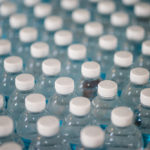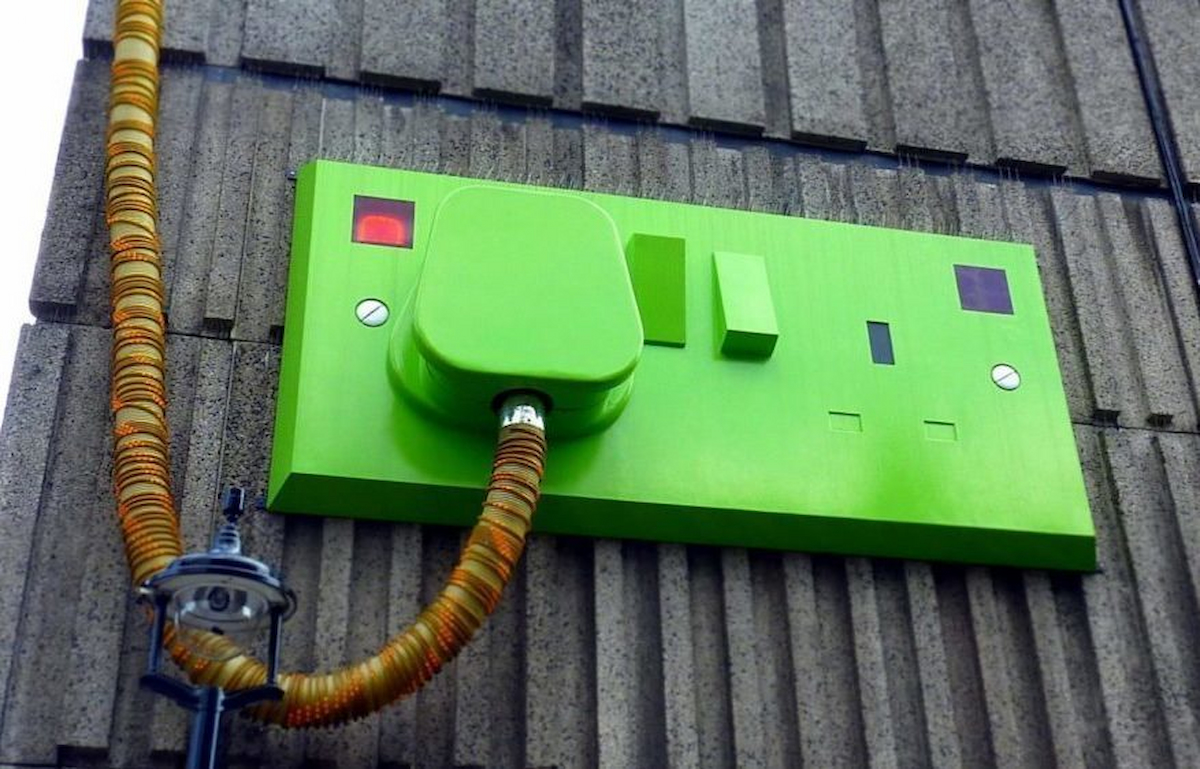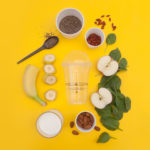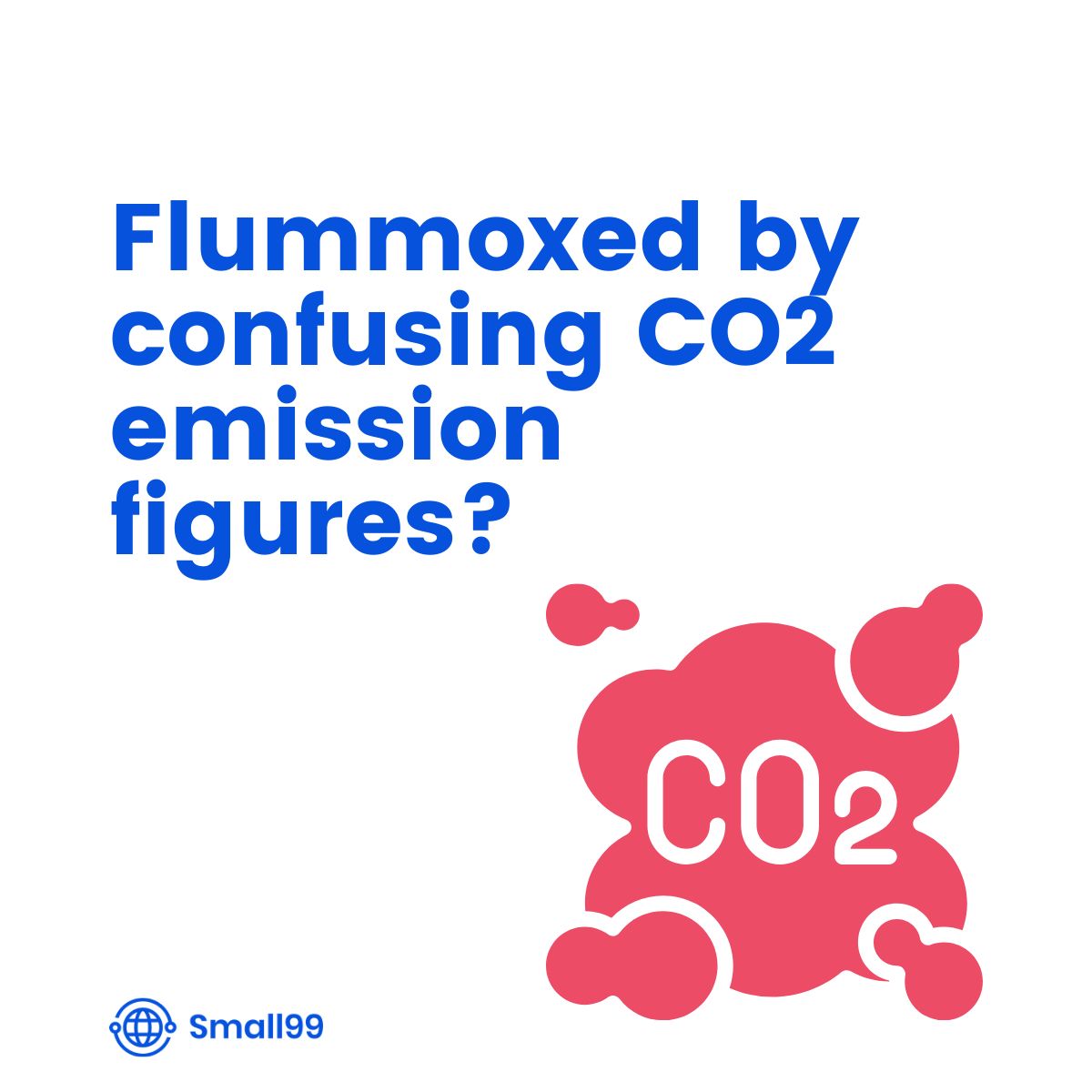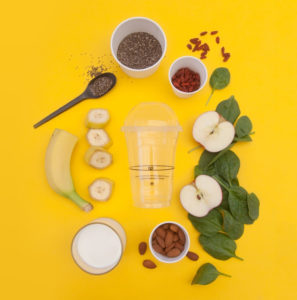Name of the Company: Rapanui
What they do:
Rapanui produces recycled and low-carbon footprint organic cotton clothing. Their operation is based on the Isle of Wight with their cotton imported from India.
What they do well:
- Produce their own renewable Energy
- Plastic-free recyclable packaging
- Circular Economy: Return scheme
- On-demand printing which reduces unnecessary production usage
What does their environmental policy say?
While they have a lot of information throughout their website, they have no clear single page which lays out their environmental policy. It would be good to see a summary of everything they’re doing in one place.
What they could do better:
- Make the returns clearer to show how circular it is. Currently a bit of a surprise and need to dig for the info. The information is on the labels of all of their products, but they could have better information pre-purchase.
- Product Pages – they currently have some information on their product pages, but they could go further to give summary information on what they have achieved with their packaging, production and processes.
What can you learn from them:
Rapanui is a fantastic example of what can be achieved when your mission drives every part of the business. Production is on-demand helping to keep consumption of energy and product materials to a minimum. Product packaging is plastic-free and easily recycled, with a returns policy for damaged clothes to create a circular economy. The energy they use is renewable and generated on-site.
However, this also highlights the challenge of building a truly sustainable brand, in that it affects the entire business model and not simply the operations.
The key things to learn from Rapanui are:
- Transparency – Their website proudly discusses the challenges and policies they have in place to be sustainable.
- Video – High-quality videos with lots of information which show customers the process and changes they’ve made, rather than being hidden away in a policy document.
- Be Bold – Rather than simply changing their packaging and claiming to be “eco-friendly”, they’ve changed how the business operates to achieve this.
- Packaging – Their packaging is brilliant in its simplicity, and is the easiest inspiration to take from them. All products come in a large, tough brown paper bag. No labels, delivery notes, plastic wrapping or anything like that. Just the bare minimum that it takes to get what the customers ordered, to them.
What is the cost?
Most small businesses will struggle to emulate what they’ve done in terms of their renewable factory, print-on-demand services and supply chain. However, they’re a fantastic example of what can be done when the money and vision come together.


